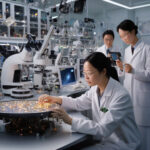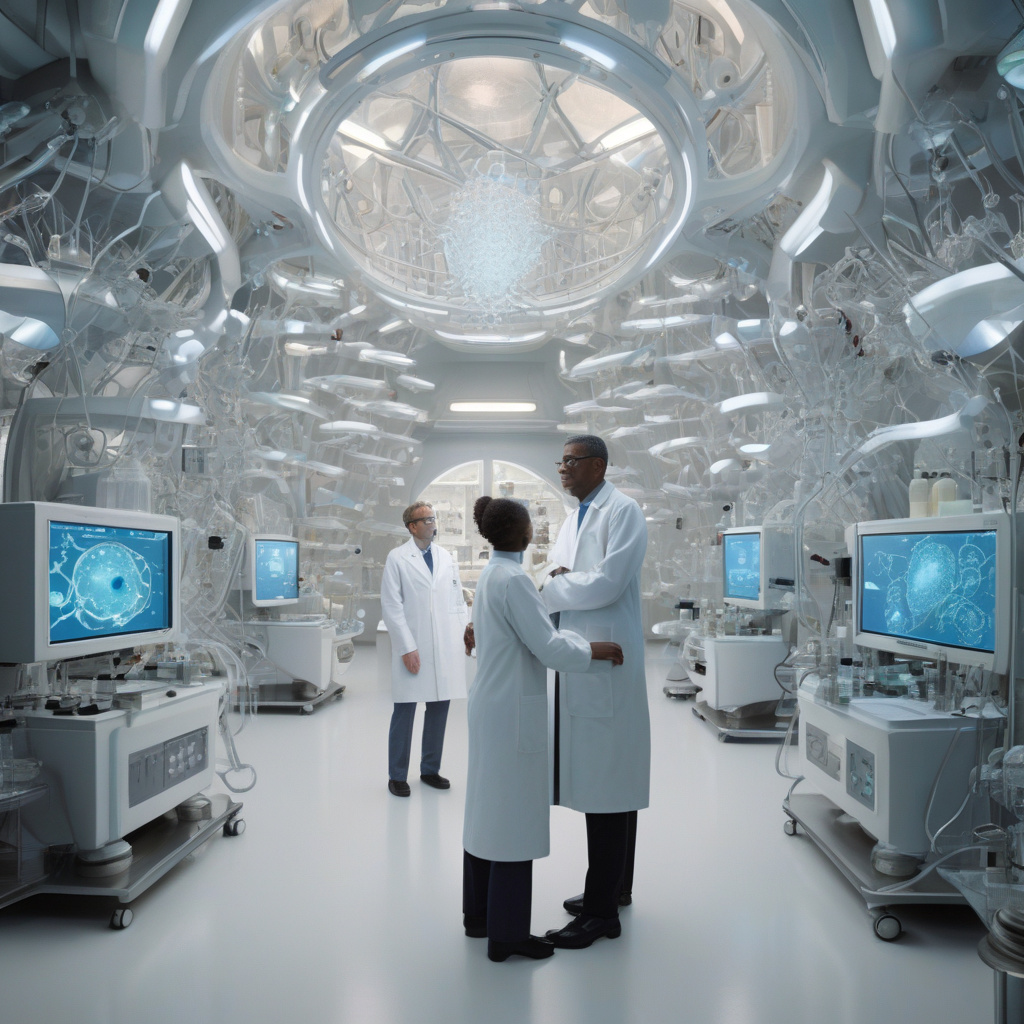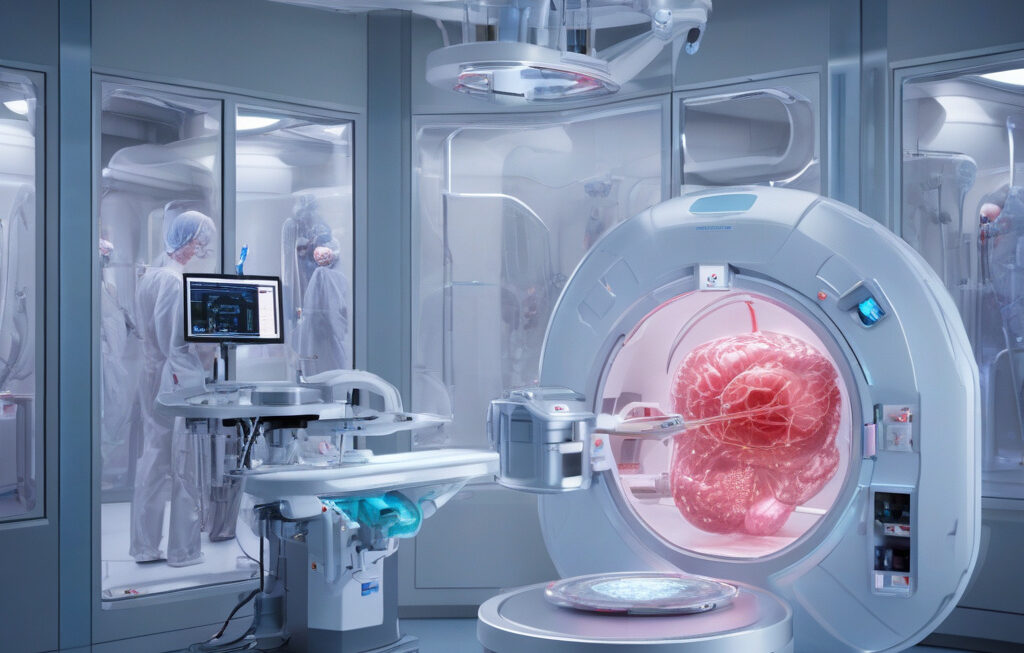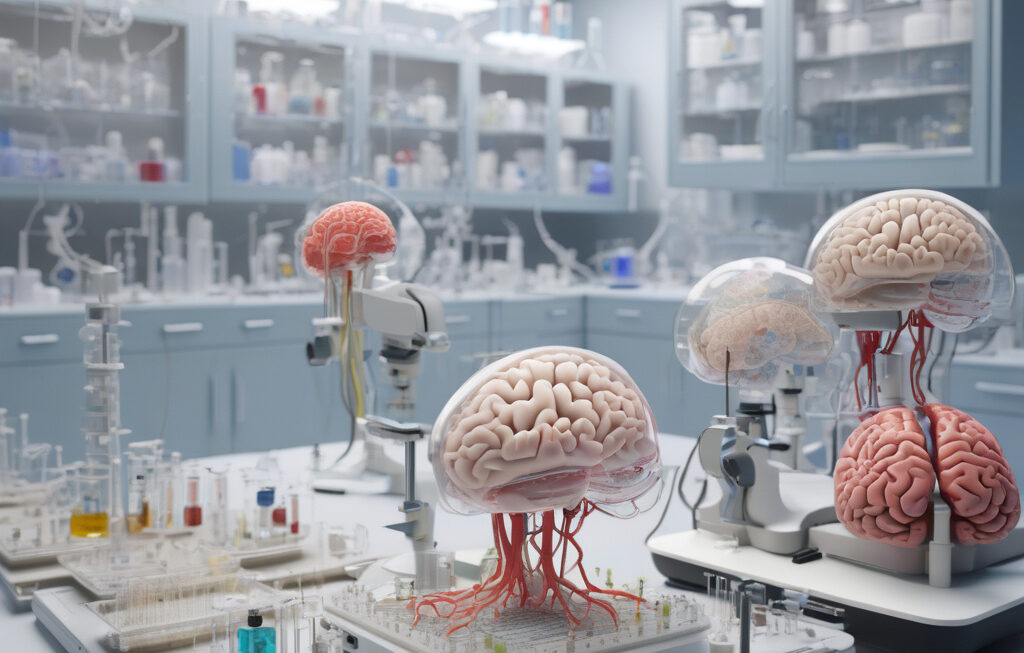Scientists Create First Artificial Cell that Moves on Its Own by Chemical Reactions
Researchers have created the simplest artificial cell ever—just a membrane, an enzyme, and a mission. In a groundbreaking development, scientists have engineered an artificial cell that can move independently through its environment solely by triggering chemical reactions. This remarkable feat marks a significant advancement in the field of synthetic biology and has the potential to revolutionize various industries, from healthcare to environmental monitoring.
The artificial cell, developed by a team of innovative researchers, represents a major leap forward in the quest to mimic and understand the complexities of biological systems. By harnessing the power of chemical reactions, the cell can propel itself forward, demonstrating a level of autonomy never before seen in artificial cells. This ability to move autonomously opens up a myriad of possibilities for applications in targeted drug delivery, environmental sensing, and even the development of bio-inspired robots.
One of the key components of this artificial cell is its membrane, which serves as a protective barrier and allows for selective transport of molecules. The membrane plays a crucial role in enabling the cell to respond to its environment and carry out its intended function. By incorporating specific enzymes into the membrane, researchers have been able to drive the chemical reactions that propel the cell forward, mimicking the propulsion mechanisms found in natural biological systems.
The enzyme embedded in the artificial cell’s membrane acts as a catalyst, facilitating the conversion of chemical energy into mechanical motion. This ingenious design enables the cell to move in response to its surroundings, paving the way for innovative applications in targeted drug delivery and microscale robotics. Imagine a future where fleets of these artificial cells navigate the human body, delivering therapeutics with unprecedented precision and efficiency.
Beyond healthcare, the potential applications of these self-propelled artificial cells are vast. In environmental monitoring, these cells could be deployed to detect and neutralize pollutants, offering a sustainable solution to pollution control. Additionally, in the field of materials science, the ability to create artificial cells that move autonomously could lead to the development of self-healing materials and adaptive structures.
The creation of this first artificial cell that moves on its own represents a remarkable achievement in the realm of synthetic biology. It underscores the power of interdisciplinary collaboration and the endless possibilities that arise when scientists push the boundaries of innovation. As researchers continue to refine and expand upon this technology, we can expect to see even more groundbreaking applications that have the potential to shape the future of various industries.
In conclusion, the development of a self-propelled artificial cell driven by chemical reactions marks a significant milestone in the field of synthetic biology. With its potential to revolutionize drug delivery, environmental monitoring, and materials science, this innovative technology opens the door to a future where autonomous artificial cells play a vital role in advancing human health and sustainability.
artificial cell, chemical reactions, synthetic biology, innovation, autonomous movement












